22 Wild Animals in Estonia [Wildlife in Estonia]
Want to know more about wildlife in Estonia?
Discover 22 wild animals in Estonia in this post, as well as interesting facts about them. 🇪🇪
TABLE OF CONTENTS
Learn All About Estonian Animals
Ready to learn all about Estonian animals?
I’ve always been fascinated by animals, and by how they can be so different from one country to another. In this guide, we’ll focus on the many animals Estonia has on the land, in the sky, and under water.
I’ve split the guide into 7 categories:
- Native animals from Estonia
- Endangered animals of Estonia
- What is the Estonian national animal?
- How many animals native to Estonia?
- Are there venomous snakes in Estonia?
- Are there bears in Estonia?
- Where can I see bears in Estonia?
Let’s dive in right away with our first category!
Native Animals from Estonia
Estonia is a European country located in the northeastern part of the continent, next to the Baltic Sea. It has been inhabited since at least 9,000 BC, but only had its distinct identity in the middle of the 19th century. It is bordered by Latvia and Russia, and its capital and largest city is Tallinn, which counts more than 444,000 inhabitants.
An interesting part of the country that I wanted to tackle is its wildlife. In light of that, I have listed the best of it, and I hope you will love learning what animals live in Estonia.
Here’s the Estonia animals list.
1. Eurasian pygmy shrew
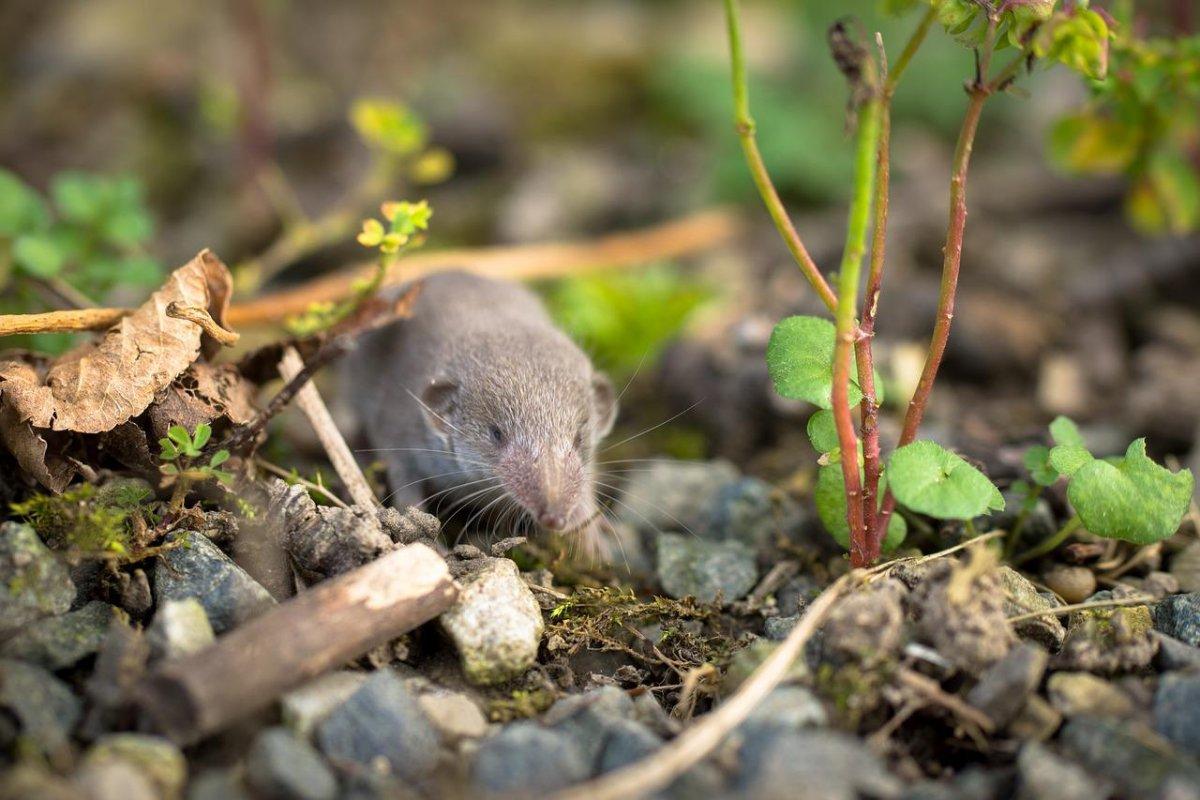
- Name: Eurasian pygmy shrew
- Scientific name: Sorex minutus
- Conservation status:
To introduce the Estonian wildlife, we have a very cute and tiny animal: the Eurasian pygmy shrew, also known as the pygmy shrew. It is widespread in all of Eurasia, from the Iberian Peninsula to as far as central Russia and China.
This shrew is active throughout the day and night, and it lives in leaf litter. Its diet is mostly made of invertebrates and small insects. Interestingly enough, it has one of the highest metabolic rates of any animal, which means it needs to eat up to 125 percent of its body weight every day!
2. Wolverine
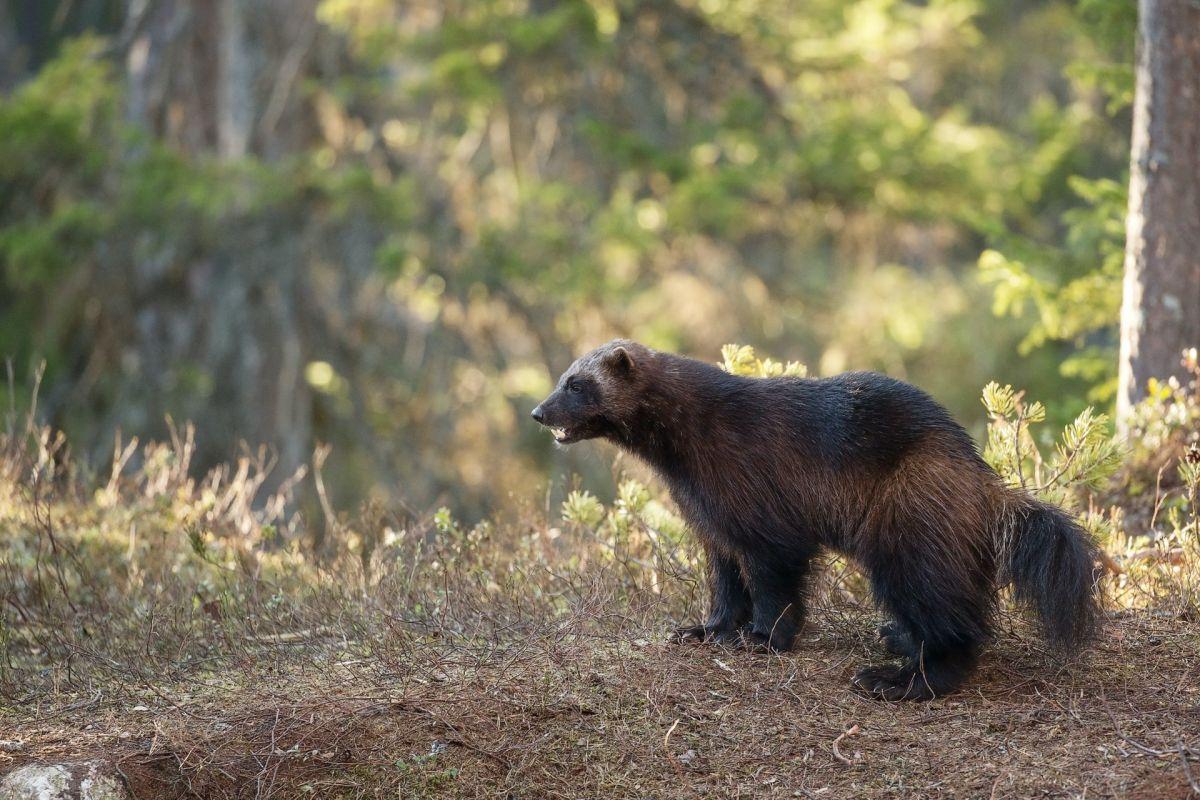
- Name: Wolverine
- Scientific name: Gulo gulo
- Conservation status:
No, I am not talking about Wolverine the superhero.
The wolverine, also known as the glutton, the quickhatch, or the carcajou is the largest land species of mustelid. It is a solitary animal and a surprisingly strong carnivore: it has already been seen taking down enemies such as lynxes, elks, bison, and deers! Its only natural enemies are golden eagles, brown bears, cougars, black bears, and wolves. Though they are the only ones that can take down a wolverine, the outcome of the fight is absolutely not guaranteed, as it could very well go either way.
3. Common kingfisher
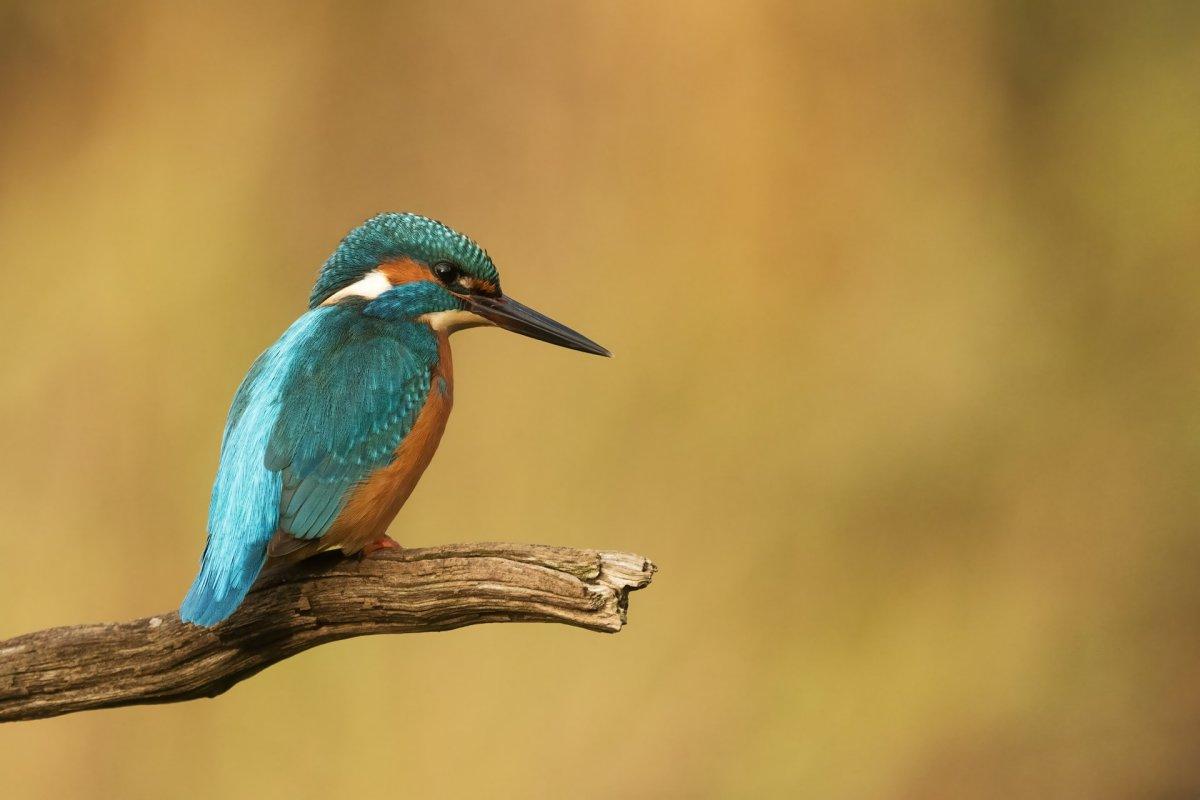
- Name: Common kingfisher
- Scientific name: Alcedo atthis
- Conservation status:
The common kingfisher, also known as the river kingfisher or the Eurasian kingfisher, is a small species of bird native to Eurasia and North Africa. Though it is resident in most of its range, it can migrate from cold areas in the winter, especially if rivers freeze.
Because yes, the diet of the kingfisher is made of… fish. It perches itself on a branch above the water, looking for prey, before plunging into it and seizing it below the surface.
4. European sea sturgeon
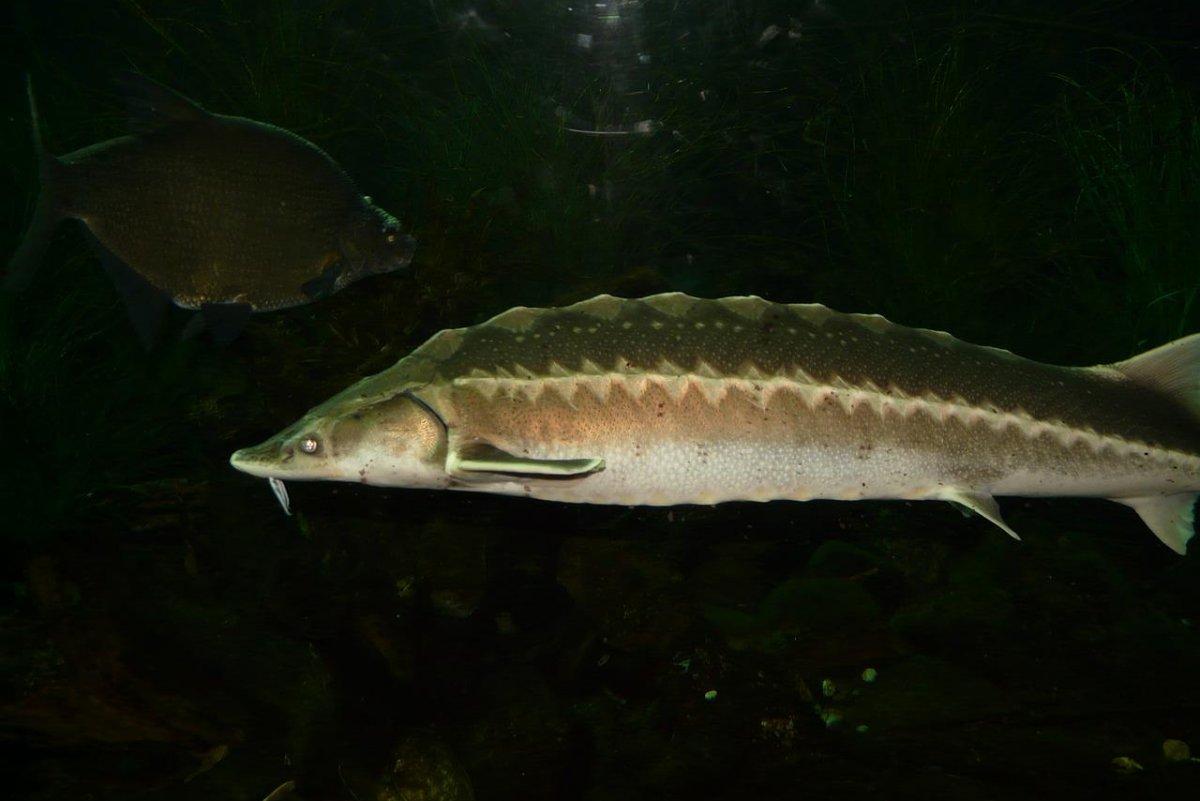
- Name: European sea sturgeon
- Scientific name: Acipenser sturio
- Conservation status:
The European sea sturgeon, also known as the common sturgeon or the Atlantic sturgeon, is a species of fish endemic to Europe. While it used to be found all around the continent, its range has now drastically dwindled, and it might be locally extinct in Estonia.
The reason for this decline is habitat change due to damming and gravel extraction, as well as fishing practices. Nowadays, there are only less than 800 mature individuals left in the wild.
5. European bison
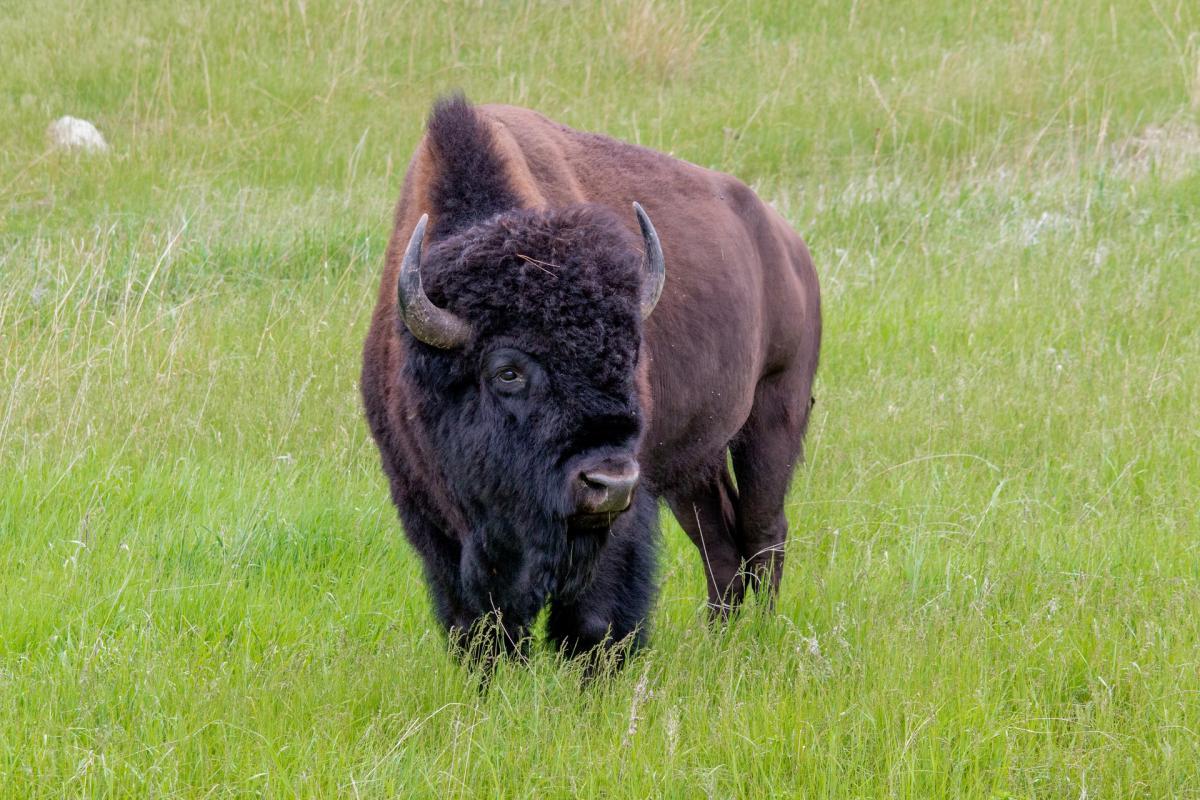
- Name: European bison
- Scientific name: Bison bonasus
- Conservation status:
The European bison, also known as the zubr, the European buffalo, or the wisent, is a species of bison native to eastern Europe and western Asia. It is one of two existing bison species alongside its cousin, the more famous American bison.
This mammal has small, scattered populations spread across multiple countries. It does not have many predators outside of humans but was still hunted to extinction in the wild at the beginning of the 20th century. Several subspecies disappeared, but thanks to conservation efforts, the European bison is now slowly recovering and is considered vulnerable.
6. Mountain hare
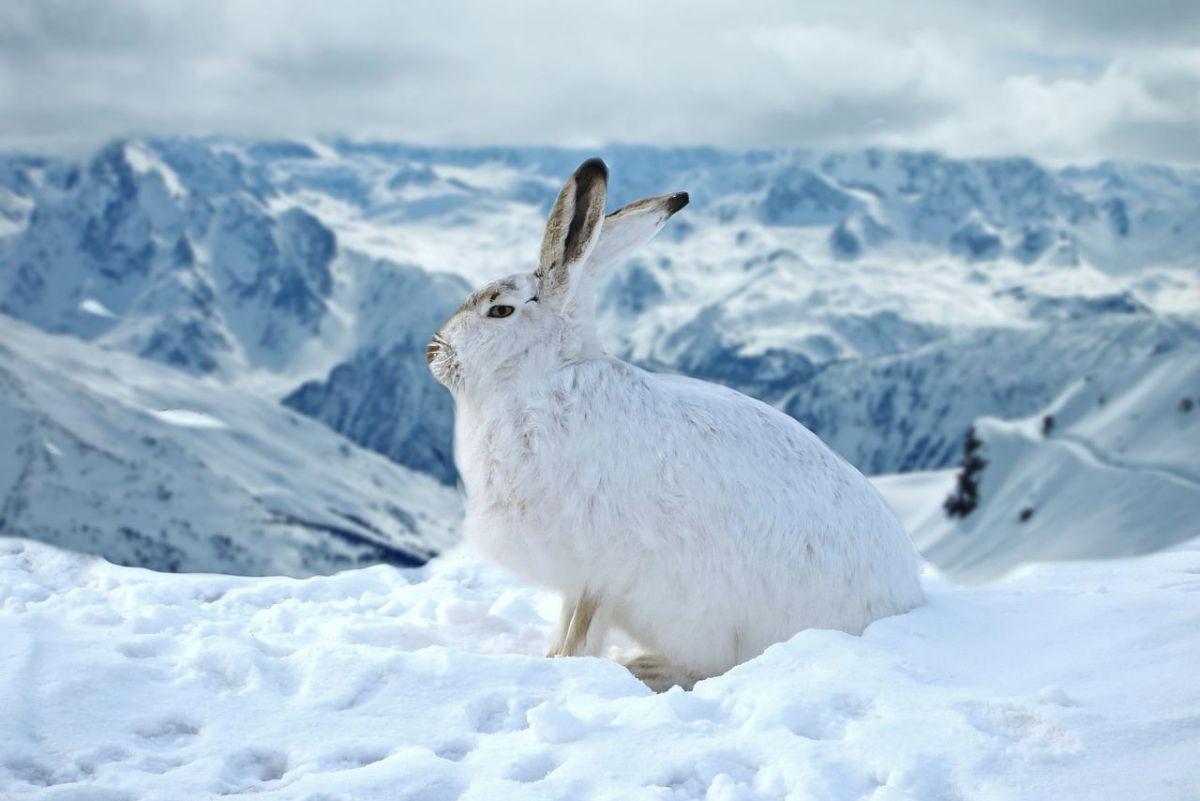
- Name: Mountain hare
- Scientific name: Lepus timidus
- Conservation status:
The mountain hare, also known as the white hare, the snow hare, the Irish hare, the alpine hare, the tundra hare, the variable hare, or the blue hare, is a species of hare native to mountainous and polar areas of Europe and Asia, mostly Russia.
Depending on the region, its diet greatly varies. Sometimes, it may feed on bark and twigs, some others on the grass. Grasses constitute the vast majority of this hare’s diet, at least when it can eat some.
7. Eurasian beaver
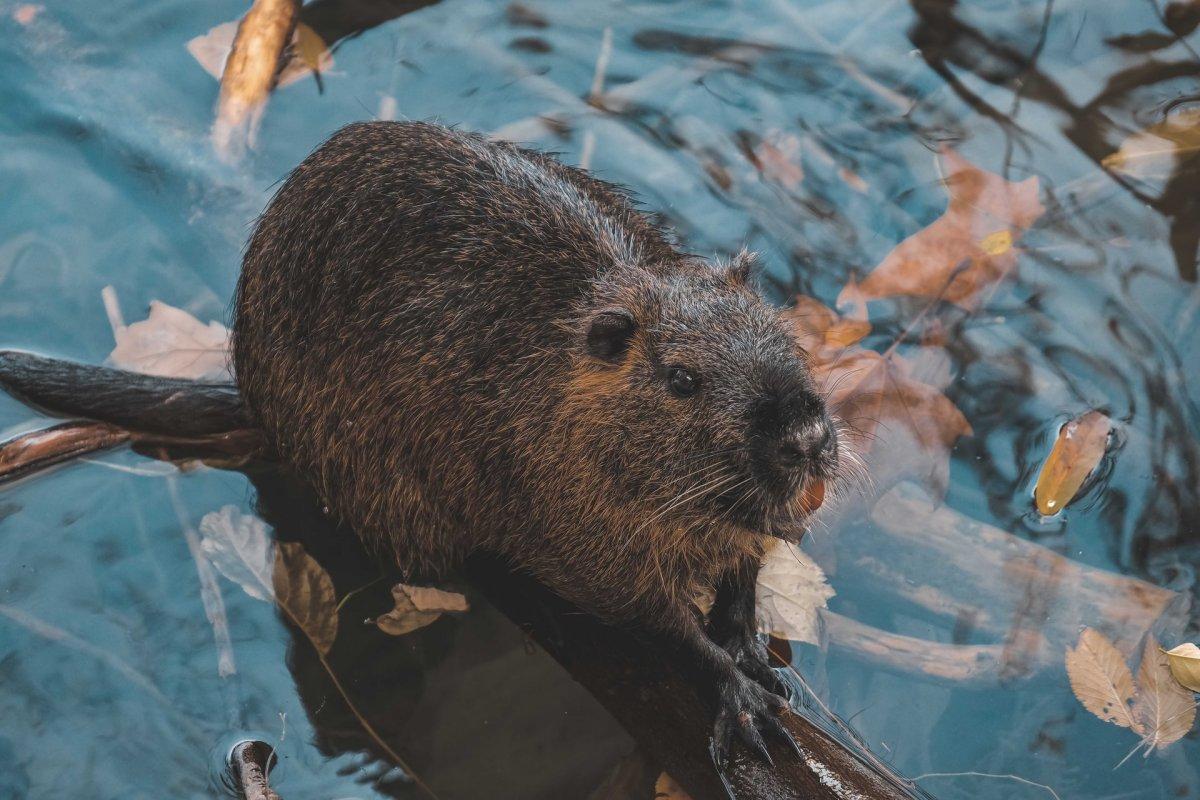
- Name: Eurasian beaver
- Scientific name: Castor fiber
- Conservation status:
The Eurasian beaver was among the possibilities for the national animal of Estonia, but another animal won the hearts of Estonians.
This beaver used to be widespread in all of Eurasia but was hunted to near-extinction at the beginning of the 20th century. Now, it has regained much of its former range but is extirpated in Turkey, Moldova, and Portugal. Its diet is mostly made of water and river bank plants, as well as trees; it eats about one-fifth of its body weight every day.
8. Eurasian lynx
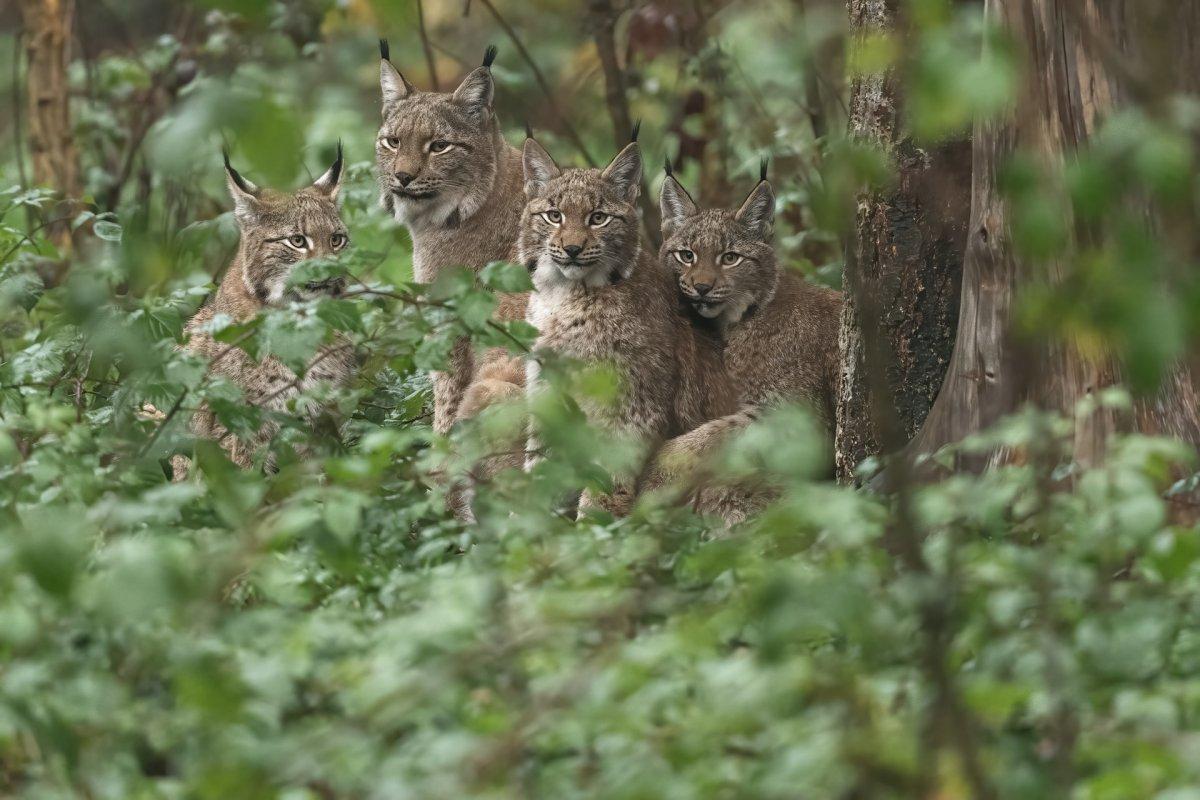
- Name: Eurasian lynx
- Scientific name: Lynx lynx
- Conservation status:
The Eurasian lynx is a medium-sized species of wild cat native to Northern, Central, and Eastern Europe, as well as Siberia and Central Asia, the Himalayas, and the Tibetan Plateau. It is a shy and elusive animal that lives at up to 5,500 m / 18,000 ft.
Though it has a very wide distribution and is considered of least concern, for now, the lynx is more and more threatened by poaching, depletion of prey, and habitat fragmentation and loss.
9. Eurasian otter
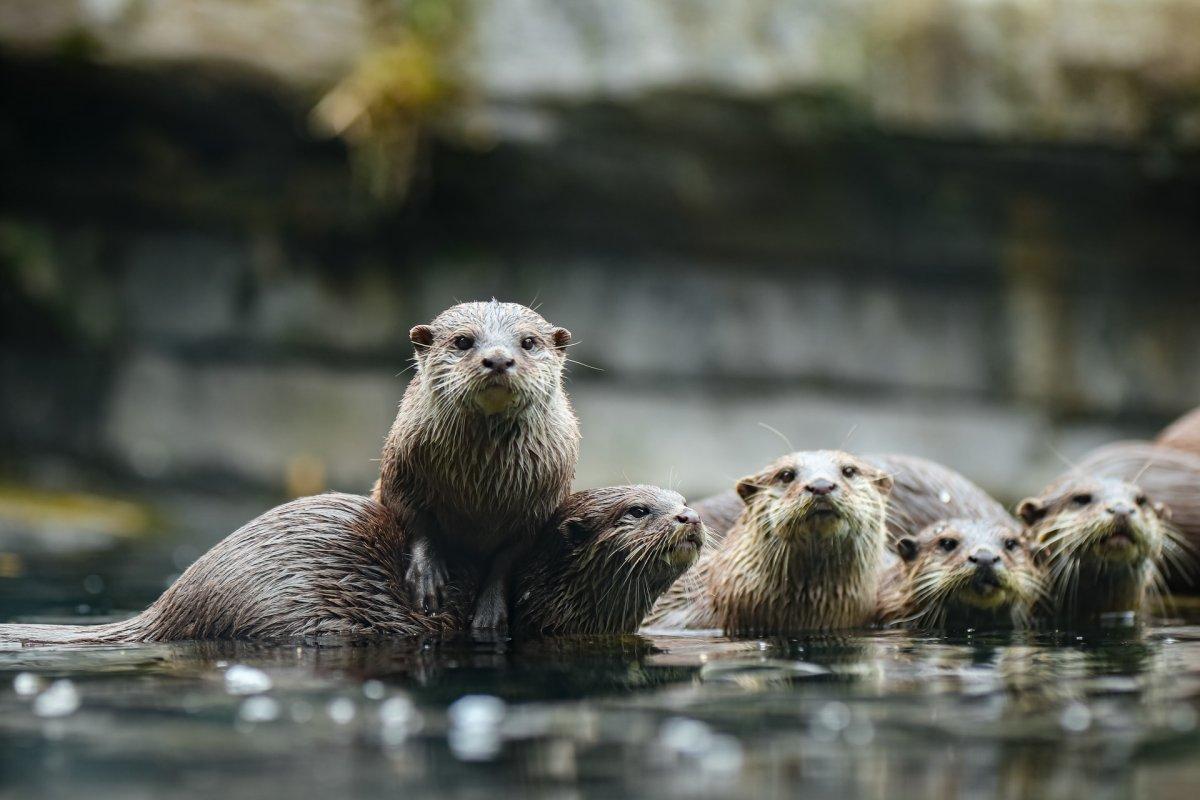
- Name: Eurasian otter
- Scientific name: Lutra lutra
- Conservation status:
After the lynx comes another carnivore: the Eurasian otter. This mammal, also known as the Old World otter, the river otter, the common otter, or the European otter, is the most widely distributed member of the weasel family.
It usually inhabits rivers, is strongly territorial, and mostly feeds on fish. Depending on the area, it is either recovering or being endangered, which is why it is considered near threatened on a global scale.
10. Barn owl
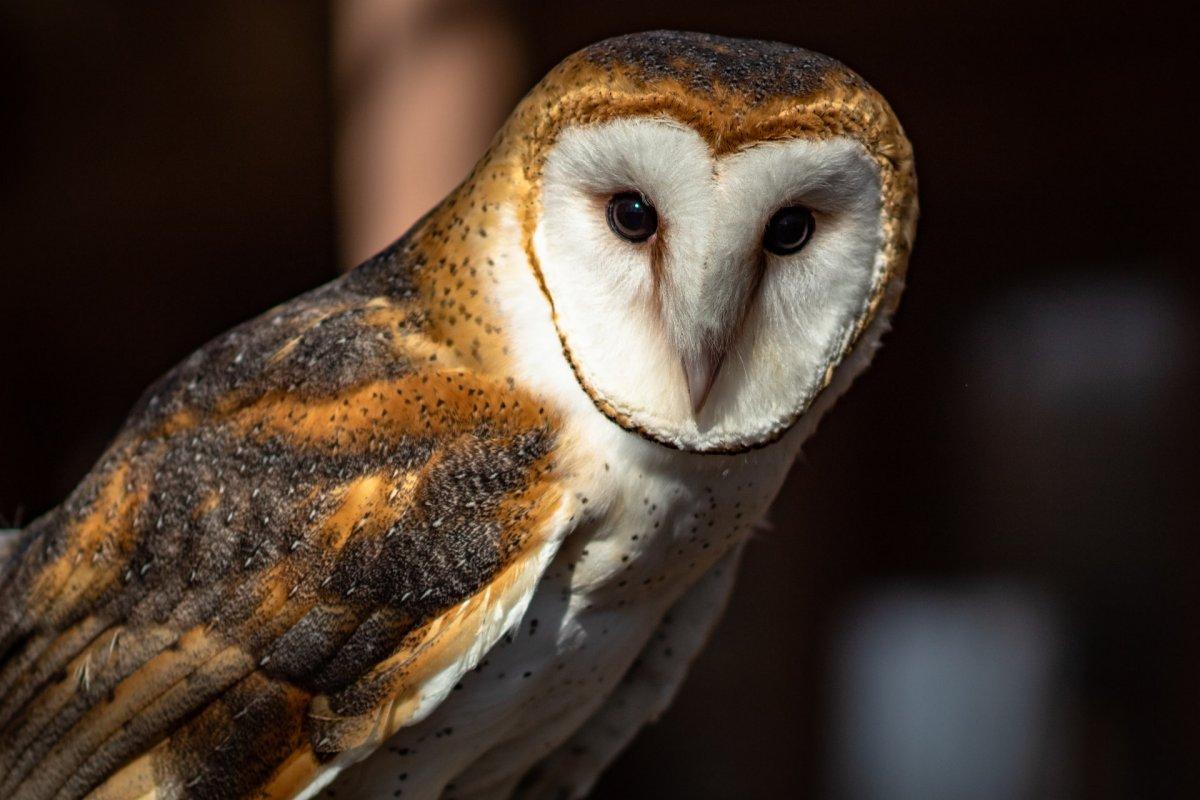
- Name: Barn owl
- Scientific name: Tyto alba
- Conservation status:
The barn owl is one of the most widespread species of bird on the planet: it can be found on every continent, usually everywhere except for desert areas, whether they are too hot or too cold.
It is a nocturnal animal, though it can exceptionally hunt by day in specific areas such as Great Britain and some Pacific Islands. In order to feed, it dives to the ground and catches its prey, which is usually small mammals, reptiles, amphibians, or insects.
11. European water vole
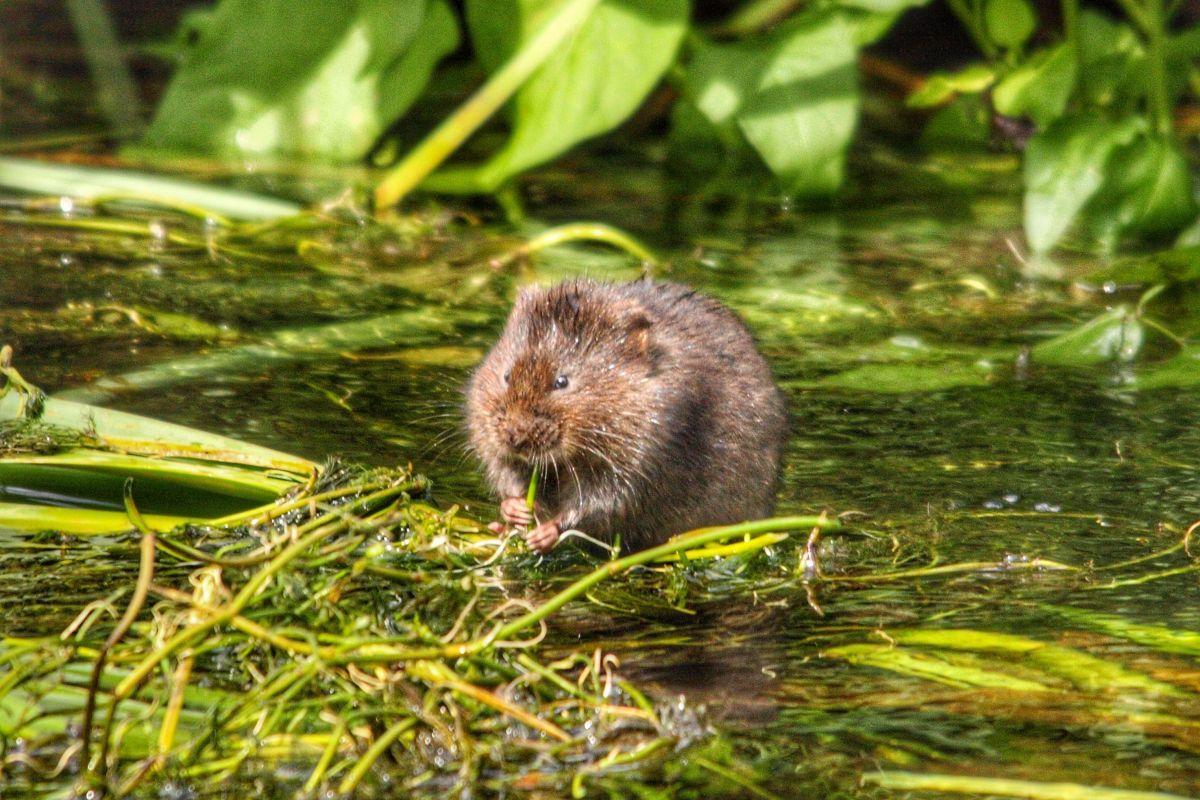
- Name: European water vole
- Scientific name: Arvicola amphibius
- Conservation status:
The European water vole, also known as the water rat or the northern water vole, is a species of semi-aquatic rodent. It only superficially resembles a rat, as it has a round nose and a tail covered with hair.
This vole lives in most of Europe, western Asia, Russia, and Kazakhstan, usually in burrows next to river banks, ponds, streams, and ditches. It mainly feeds on vegetation and grass near the water, but will also eat buds, bulbs, fruits, and roots.
12. Gray wolf
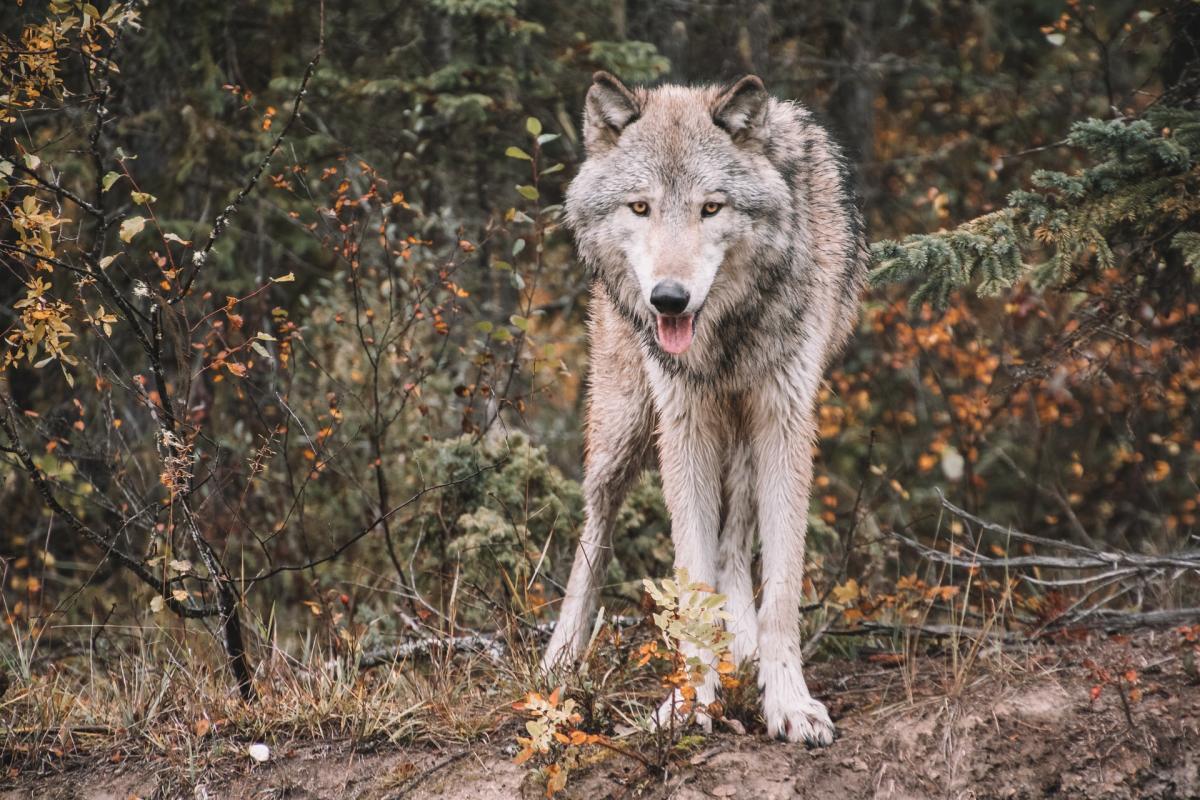
- Name: Gray wolf
- Scientific name: Canis lupus
- Conservation status:
The gray wolf is the largest species of all canids. It has a long tail and a short torso and is one of the most famous animals in Europe due to its long history of interaction with humans. Most of the time persecuted due to attacks on livestock, the wolf has also been part of the folklore and the local culture and has inspired many stories.
There are about 300,000 wolves in the wild, and although it is frightening, it rarely attacks humans unless suffering from rabies.
13. European hedgehog
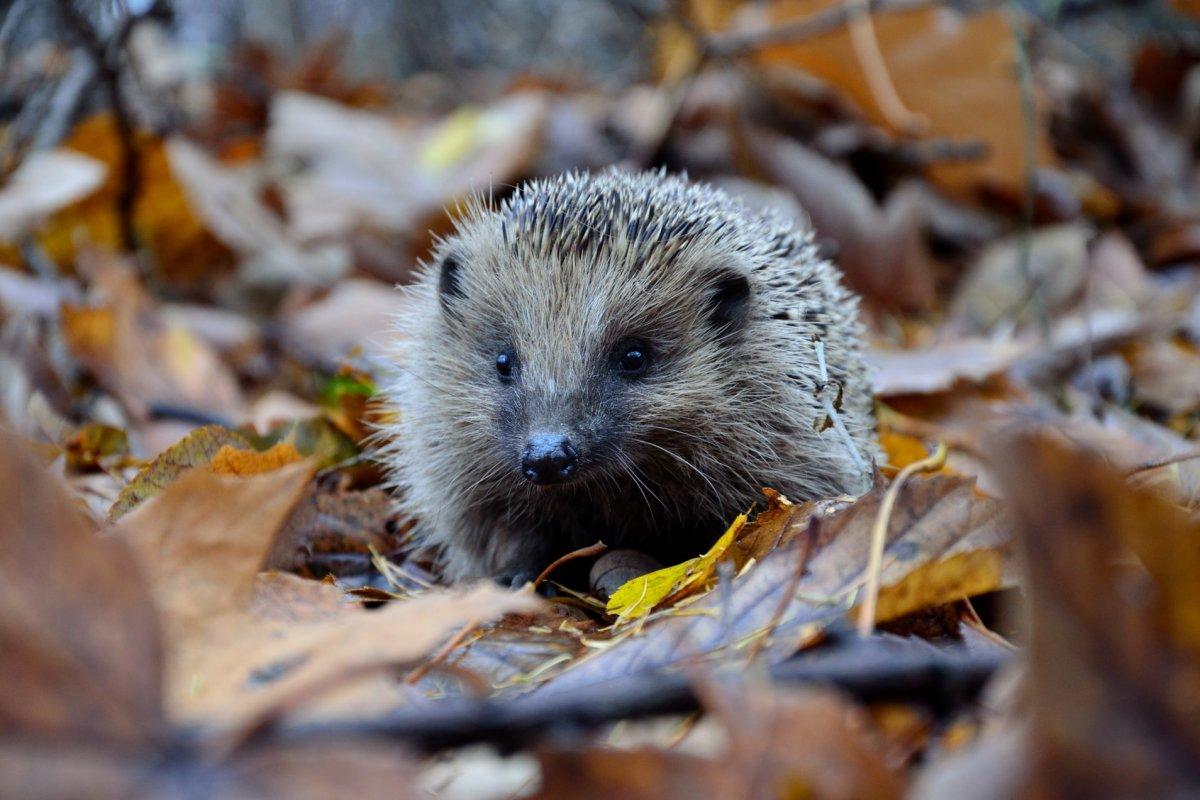
- Name: European hedgehog
- Scientific name: Erinaceus europaeus
- Conservation status:
The European hedgehog, also known as the common hedgehog or the West European hedgehog, is a species of hedgehog native to western Europe, Scandinavia, and northwestern Europe into Russia.
It is quite common to see one in gardens, and it is widely appreciated due to its peacefulness, and the fact that it feeds on a wide range of garden pests. Interestingly enough, it was also considered the unofficial symbol of NATO from the 1950s to the 1980s, as it is a peaceful animal that only defends itself.
14. Sea lamprey
- Name: Sea lamprey
- Scientific name: Petromyzon marinus
- Conservation status:
The sea lamprey is a scary (at least to me) species of parasitic lamprey native to the Northern Hemisphere. It is referred to as the vampire fish, and for good reasons: its mouth is jawless but sucker-like, it has many circular rows of sharp teeth, and it can be wider than the head.
In the Great Lakes region, it is considered a pest as it decimates fish populations. Control efforts did not always work, and this animal has to be monitored, no matter its habitat.
15. Siberian flying squirrel
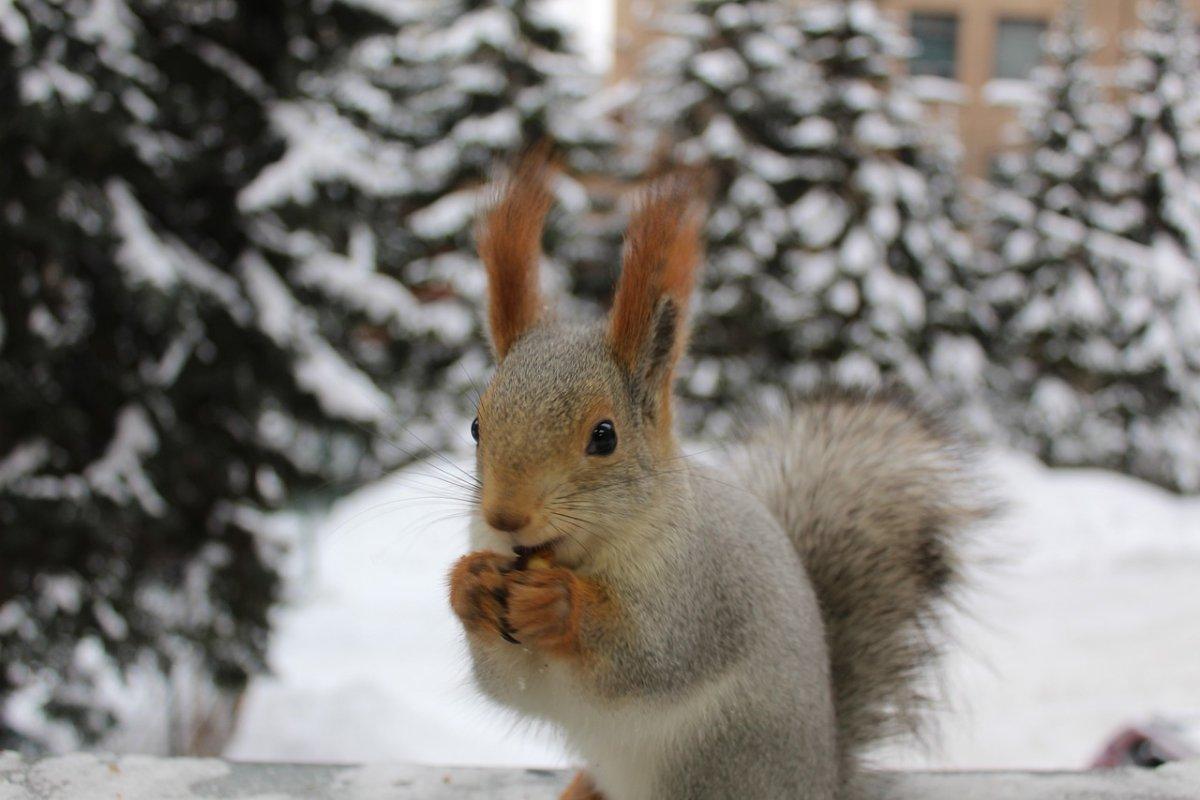
- Name: Siberian flying squirrel
- Scientific name: Pteromys volans
- Conservation status:
Much cuter than the lamprey, the Siberian flying squirrel is a species of Old World flying squirrel native to a very wide area in northern Asia and northwestern Europe, from the Baltic Sea to the Pacific Ocean and Japan. Within the European Union, it can only be found in Estonia, Latvia, and Finland, where it is considered vulnerable. On a global scale, it is listed as least concern.
16. Red fox
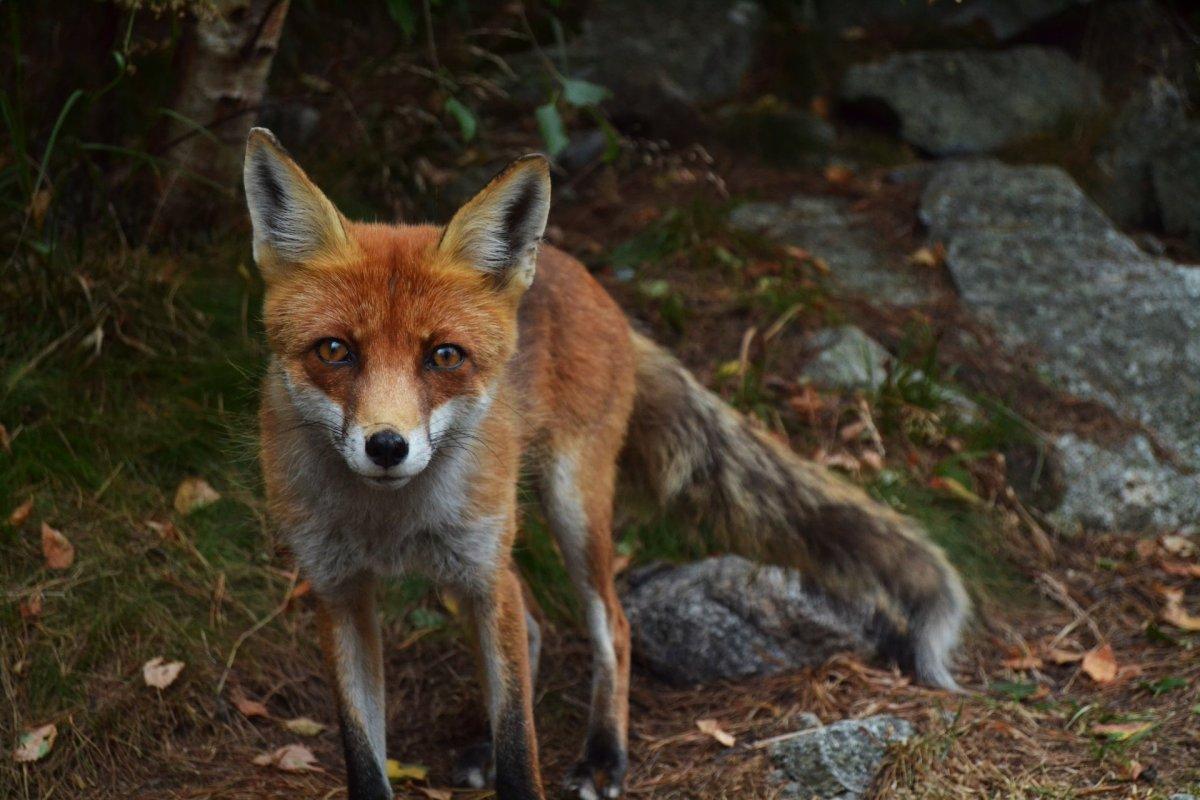
- Name: Red fox
- Scientific name: Vulpes vulpes
- Conservation status:
The red fox is the famous counterpart of the gray wolf, and it can be found in a very wide area, from almost the entirety of the Northern Hemisphere to Southeast Asia and southern Australia. Depending on the area, it can be considered an invasive species.
What is certain about the red fox is that no matter its habitat, it is one of the most successful species on the planet, as it can adapt to almost any environment, and thrive even in difficult conditions.
17. Brown bear
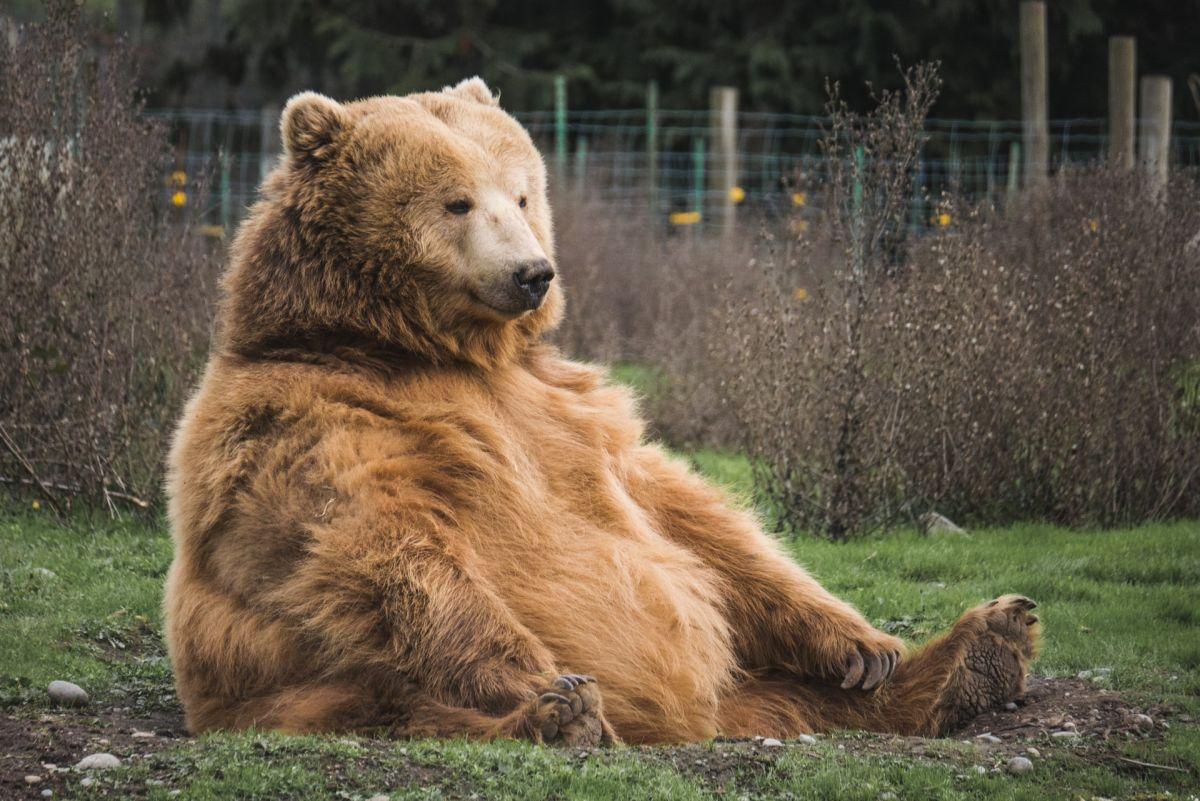
- Name: Brown bear
- Scientific name: Ursus arctos
- Conservation status:
The brown bear is a large species of bear native to Eurasia and North America. In fact, Estonia has the biggest density of brown bears in all of Europe, and this majestic but shy animal lives alone, in the forests and woodlands of the country.
Although its range has shrunk, and it has faced local extinctions, it is still considered of least concern, as there are about 110,000 wild individuals remaining.
18. Gray seal
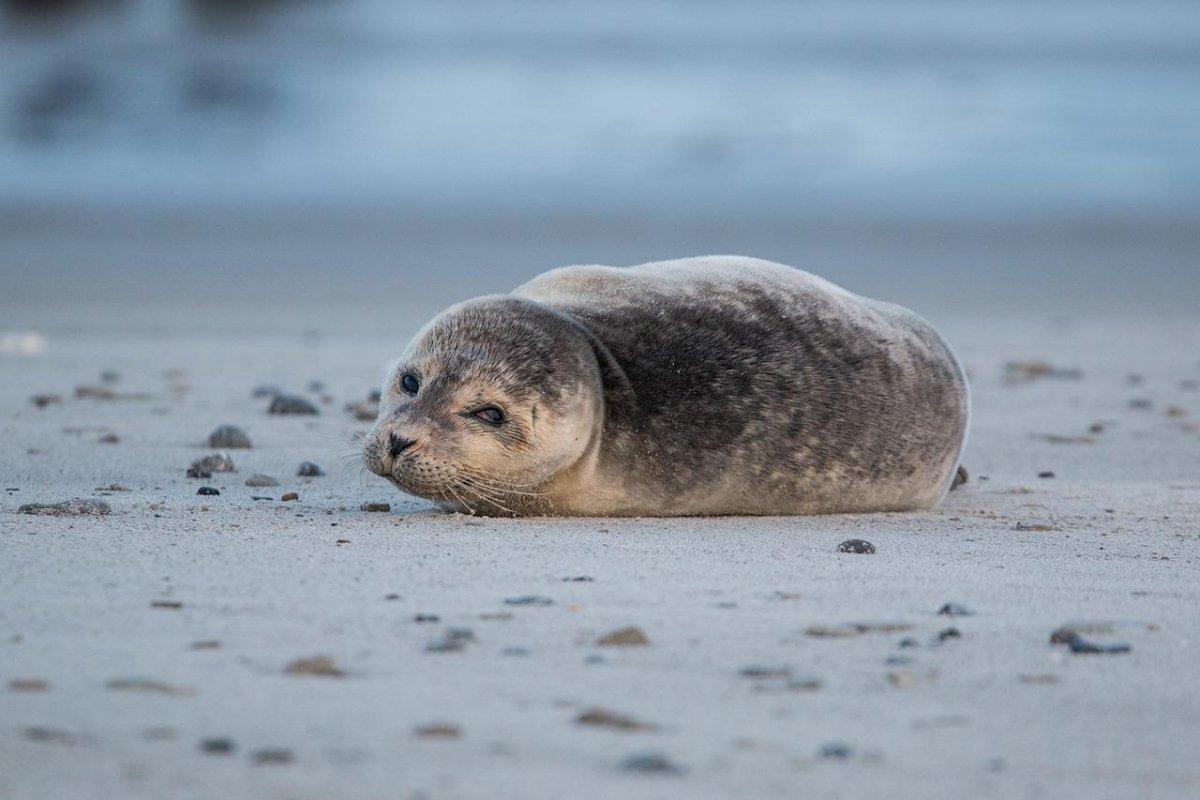
- Name: Gray seal
- Scientific name: Halichoerus grypus
- Conservation status:
The gray seal, also known as the Atlantic seal or the horsehead seal, is a species of seal native to the shores of the Atlantic Ocean and the Baltic Sea. Its Latin name means hook-nosed sea pig, and it is a large animal.
This seal feeds on a wide variety of fish that it catches at depths down to 70 m / 230 ft. In many areas, sand eels are a major part of its diet, and it also eats lobsters and octopus.
19. Beech marten
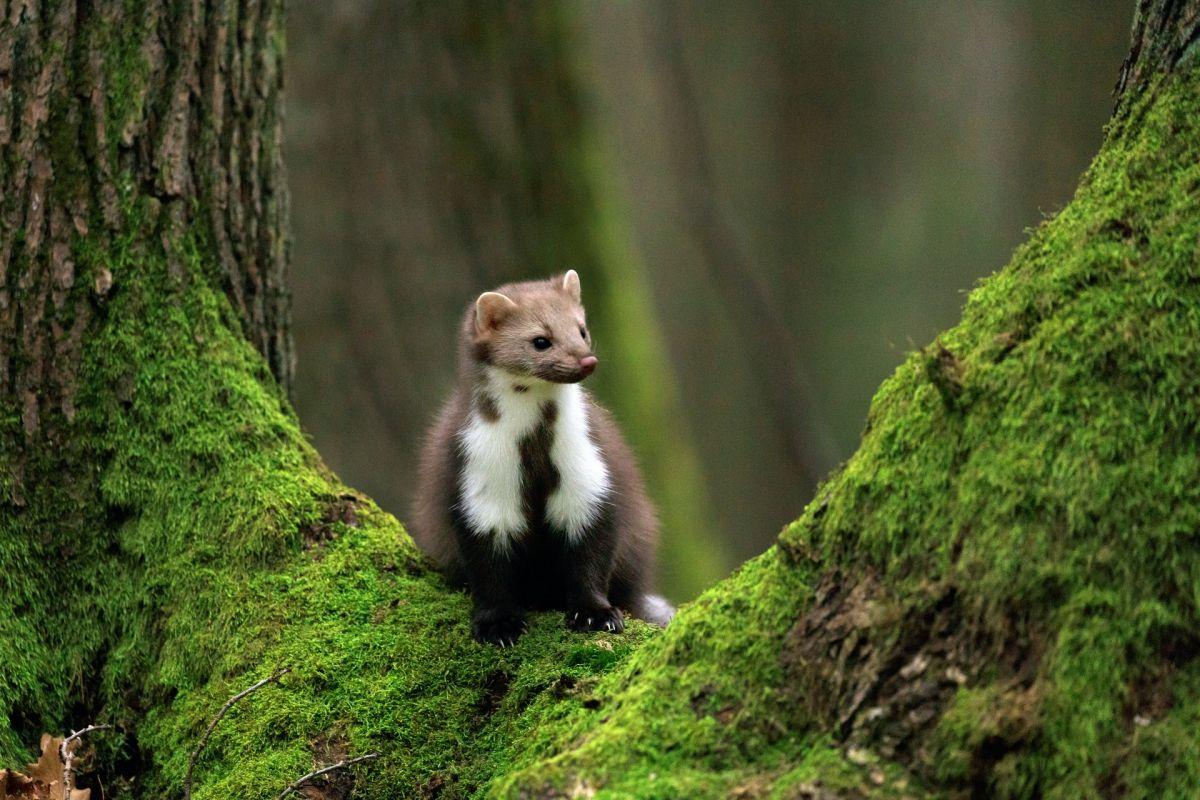
- Name: Beech marten
- Scientific name: Martes foina
- Conservation status: <span class=”hike-rating-label p-1 border-radius green-bg white”>Least concern/span>
The beech marten, also known as the white-breasted marten, the house marten, or the stone marten, is a species of marten native to most of Europe and Central Asia. A feral population was also established in North America, and this animal has a wide distribution and is fairly common throughout its range, making it at no risk of extinction whatsoever.
This animal is most active between 6 PM and midnight, and it can adapt to almost any environment, from urban areas to tree holes.
20. Harbor porpoise
- Name: Harbor porpoise
- Scientific name: Phocoena phocoena
- Conservation status:
The harbor porpoise is one of the smallest species of cetaceans. As its name implies, it always stays close to coastlines, harbors, and river estuaries. Thus, it is one of the preferred porpoises for whale watchers.
Though there are about 700,000 harbor porpoises on the planet, it is still vulnerable in Europe due to pollution and fishing practices. In the rest of the world, it is listed as least concern.
21. Central European boar
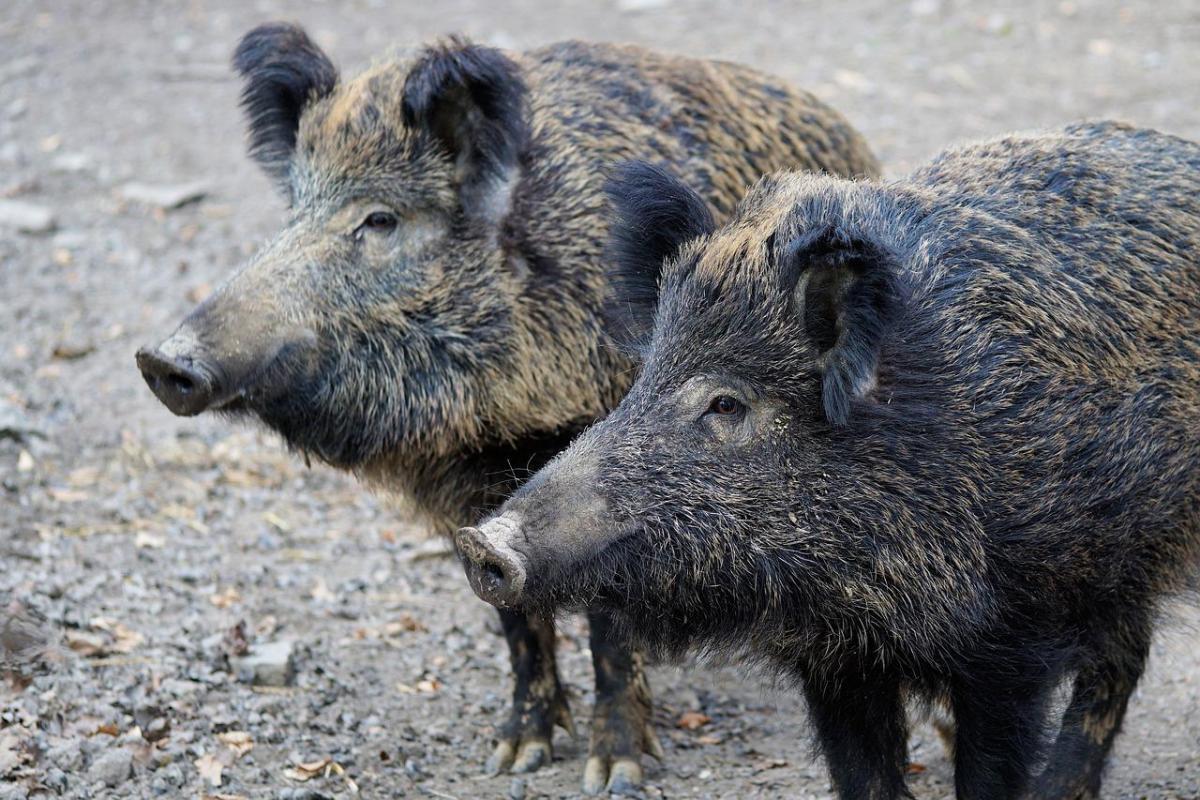
- Name: Central European boar
- Scientific name: Sus scrofa scrofa
- Conservation status:
Alongside other animals such as the gray wolf, the red fox, the deer, and the brown bear, the Central European boar is one of the most classic animals that can be found in Europe.
It is a very important figure in Germanic, Scandinavian, and Anglo-Saxon culture, as its image has been frequently shown on swords, shields, and helmets. Some warriors even used to wear boar masks, and this animal was held in high esteem by the Celts.
22. Red deer
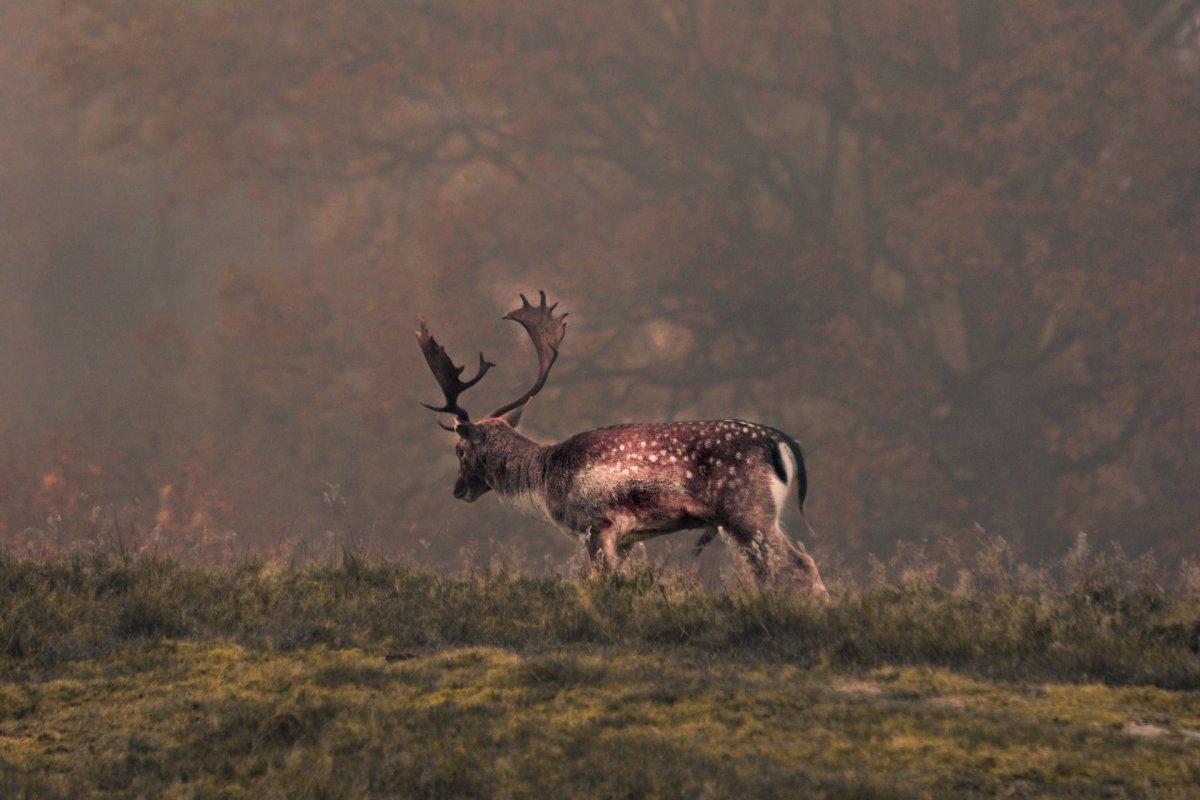
- Name: Red deer
- Scientific name: Cervus elaphus
- Conservation status:
Speaking about the deer, there it is! In Estonia, you will fairly easily see red deers: though they take cover in dense forests during the day, they come out at twilight and at night.
Even though the red deer was rare in some parts of Europe, it was never close to extinction, and conservation and reintroduction efforts have made it so that it has now fully recovered. In areas such as North Africa, the population is still declining, however.
—
So there you have them, these were my 22 wild animals in Estonia. I hope you enjoyed this list and that you learned something new today.
In case you want to learn more about animals in the country, feel free to keep reading, as I still have lots of things to tell you about:
Endangered Animals of Estonia
This is definitely the saddest part of the list, but it is very important to raise awareness. Because of this, let’s go through the list of endangered animals in Estonia.
Here are the animals in danger of extinction in Estonia.
- None
- Yellow-breasted bunting
- European mink
- European eel
- European sea sturgeon
- Steppe eagle
- Egyptian vulture
- Saker falcon
To see the full list of endangered species in Estonia, head over to the International Union for Conservation of Nature’s Red List.
What is the National Animal of Estonia?
The national animal of Estonia is the gray wolf.
The wolf is one of the most famous European animals. It is a large canine native to North America and Eurasia, and it specializes in cooperative hunting. It is a territorial animal and a carnivore.
It has sometimes been kept as a pet, which is probably not a good idea due to its aggressiveness, but, more importantly, it is a symbol of loyalty, friendship, and family, as well as freedom and teamwork.
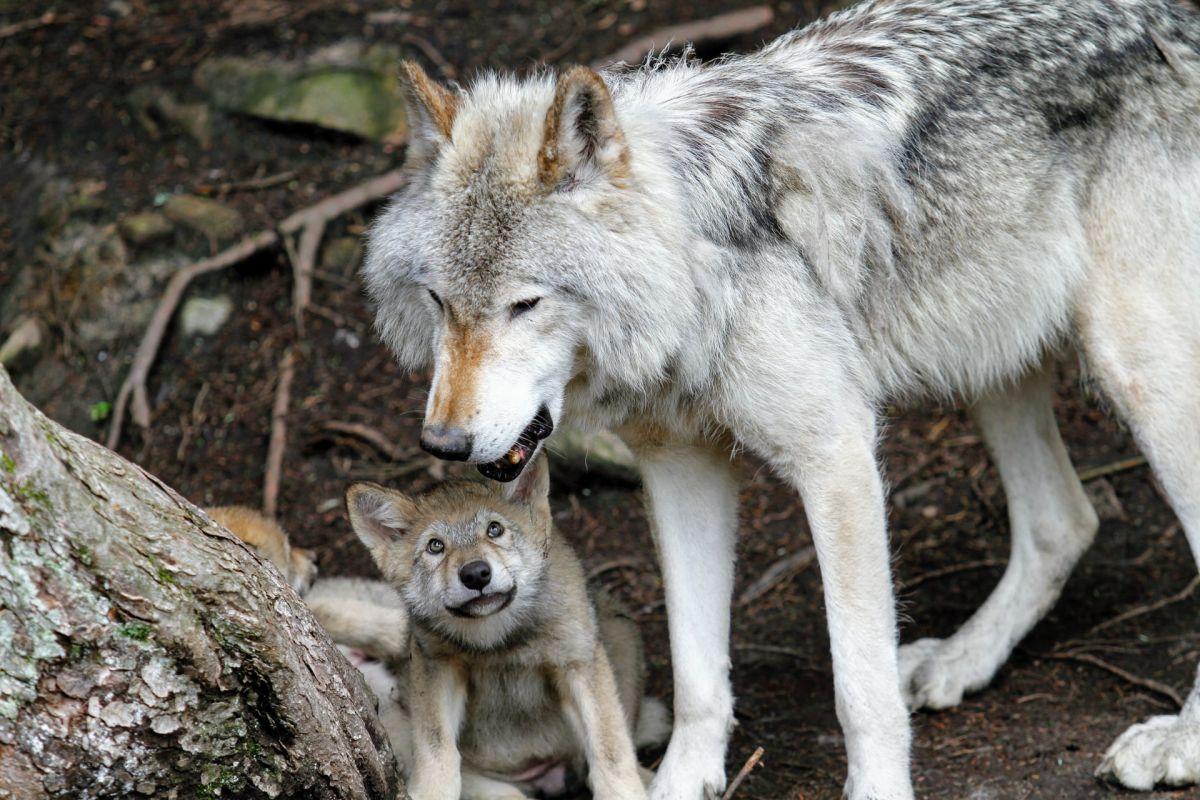
How Many Animals Native to Estonia?
What is the diversity of native animals in Estonia?
Let’s look at the total number of species of Chordata (mammals, birds, fishes, and reptiles).
Total number of animal species in Estonia: 448 (3,149 in total in Europe)
Are there venomous snakes in Estonia?
Yes! However, there is only one species of venomous snake in Estonia: the common European adder.
This snake is extremely widespread, as it can be found anywhere from western Europe to northern Russia. Though it is venomous, it is not regarded as dangerous, as it is not aggressive and will only attack when threatened, and its bite is usually not fatal… though it is very painful.
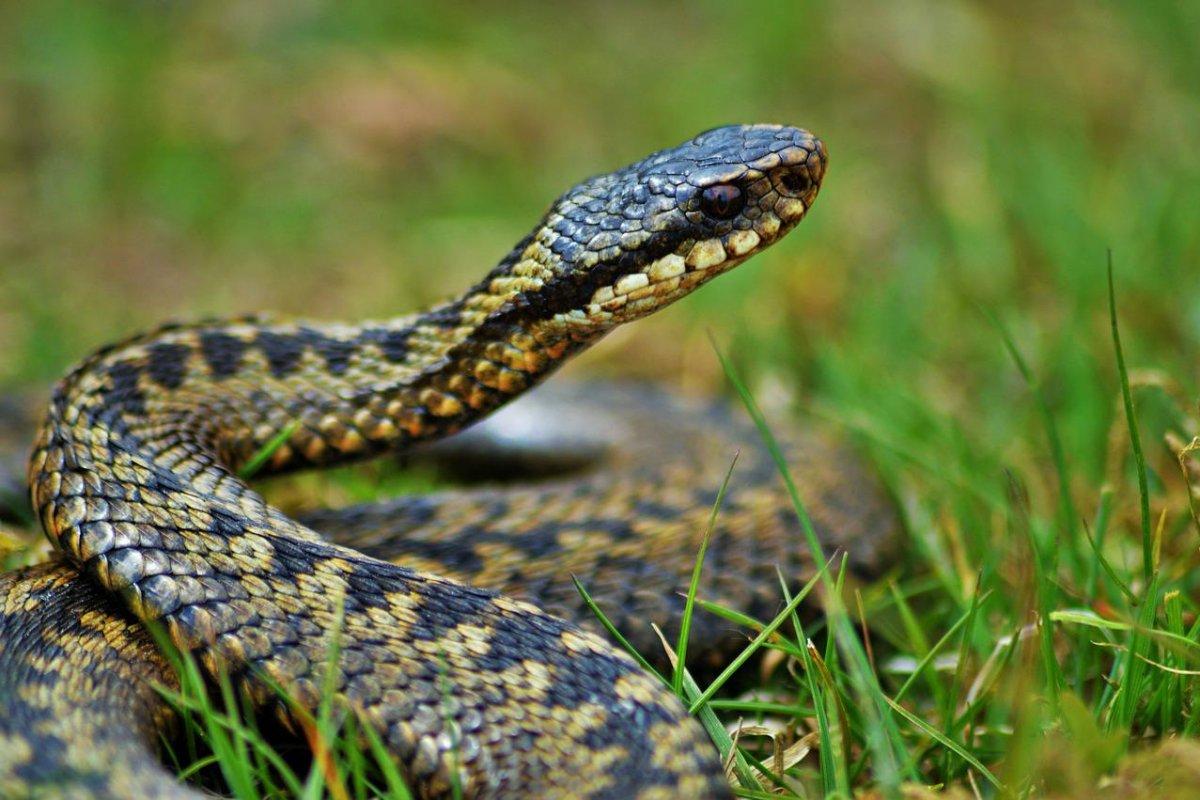
Are there bears in Estonia?
There are definitely bears in the forest of Estonia, namely brown bears.
The brown bear is one of the most common species of bears on the planet, and the same goes for Estonia. As a matter of fact, the country has the biggest density of brown bears in all of Europe, as more than 700 of them live in woodlands and forests.
Where can I see bears in Estonia?
Bear watching is a popular activity in Estonia. If you are interested in that, you should definitely head to rural areas. Forests, woodlands, and rocky areas are the preferred habitats of bears. The best place to go to is called Alutaguse: it is a taiga forest located in the northeastern part of the country.
Stay alert though, because as shy as the brown bear is, its attack can definitely be fatal, and it is known to have unpredictable behavior.
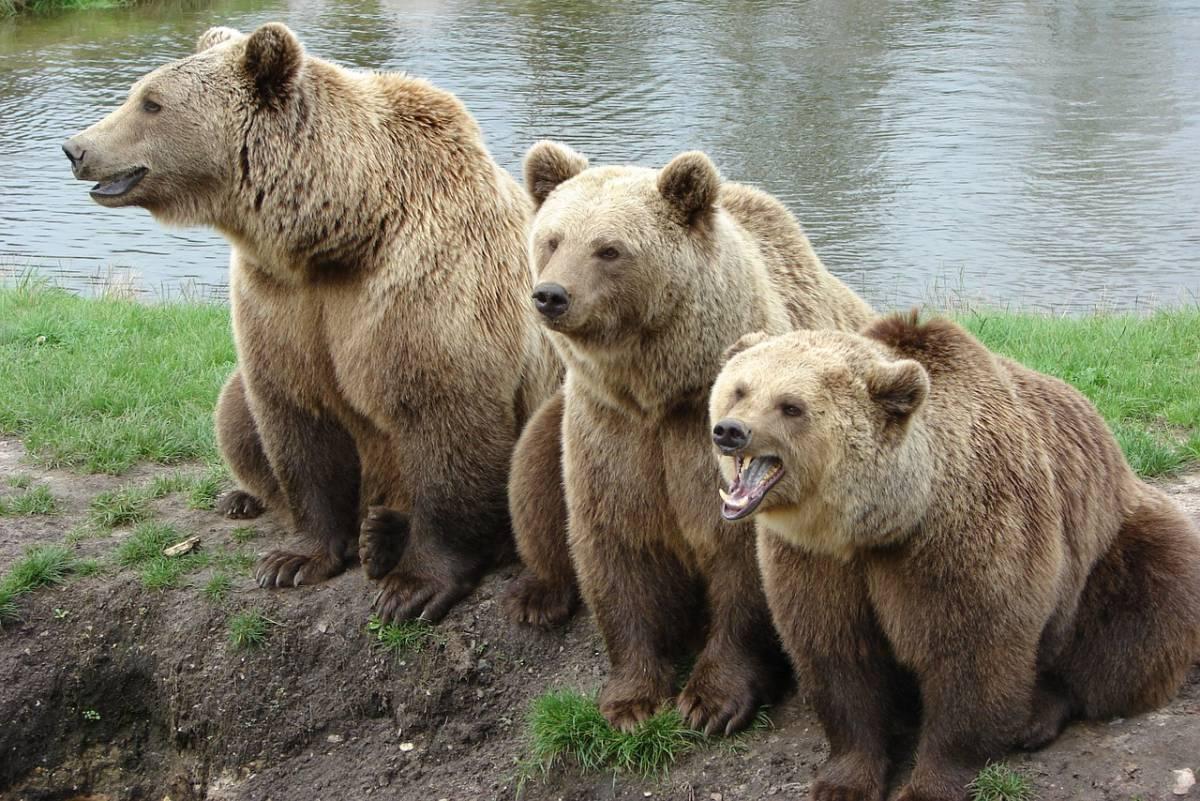
More About Animals in the World!
Loved these Estonia wildlife facts? Want to see what animals live in other countries?
Then check out these posts:
Or click here to see ALL the facts up on the blog! Spoiler alert: there’s A LOT of them.
Share the knowledge! Click on the buttons below to share information about these famous animals in Estonia with your friends, and help them learn more about the world 🙂
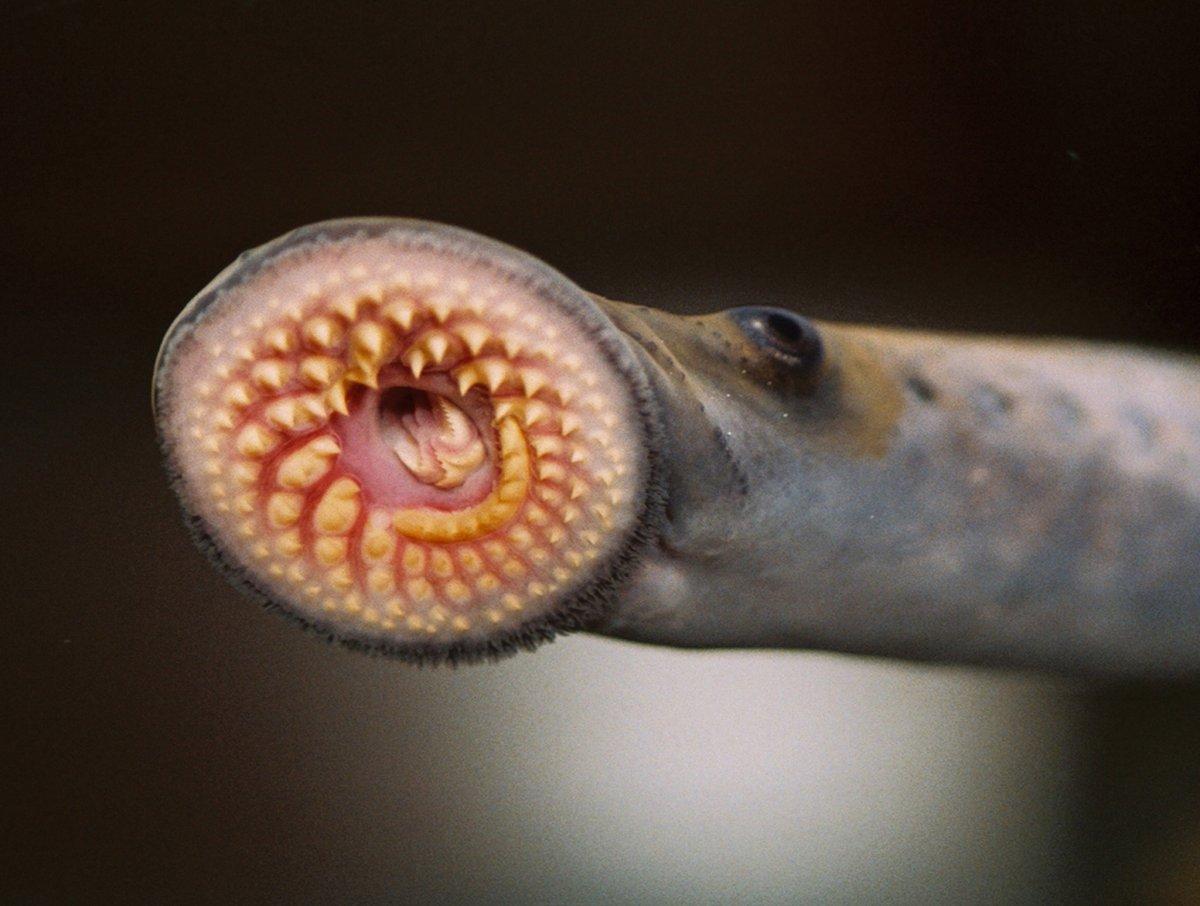
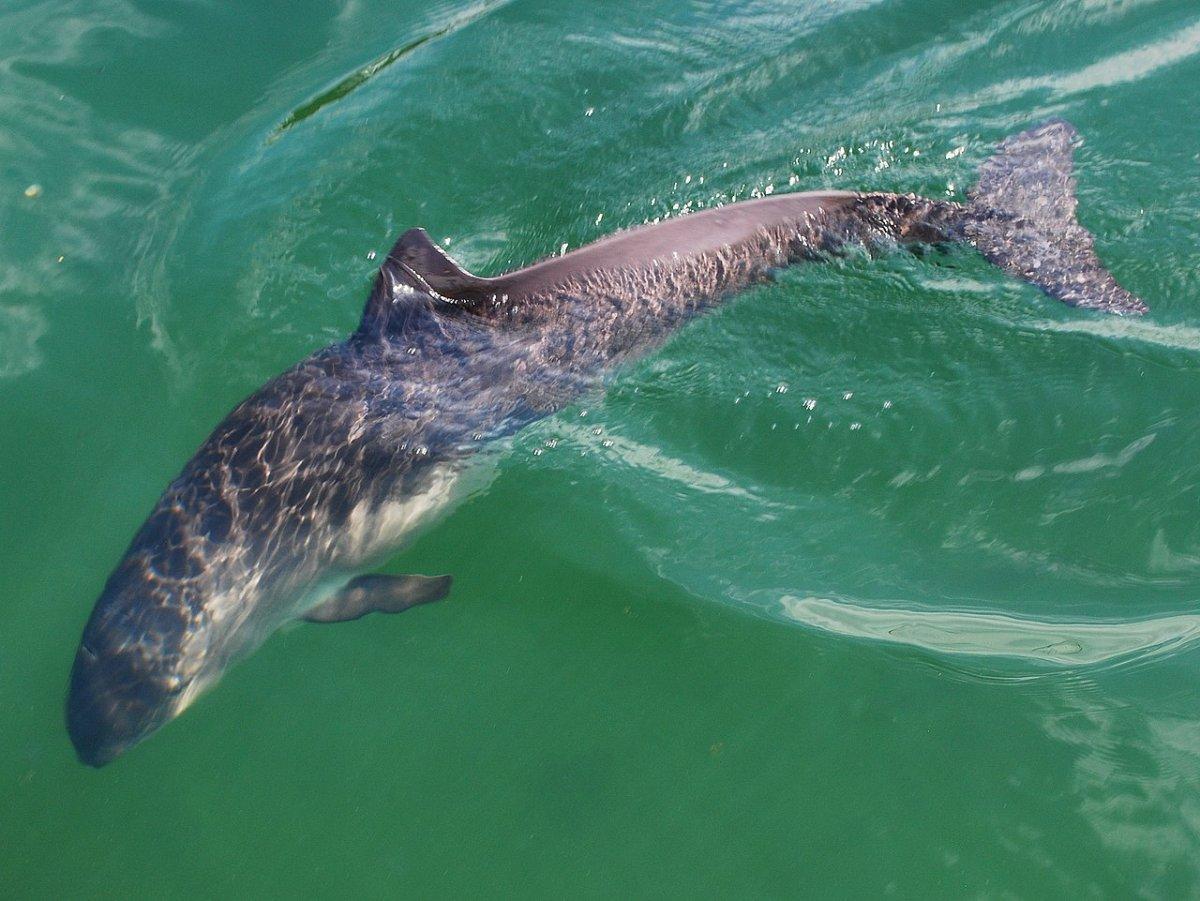

![13 Wild Animals in Eswatini [Wildlife in Eswatini]](https://www.kevmrc.com/wp-content/uploads/2022/12/13-wild-animals-in-eswatini.jpg)
![42 Wild Animals in Italy [Wildlife in Italy]](https://www.kevmrc.com/wp-content/uploads/2022/06/42-wild-animals-in-italy.jpg)
![12 Wild Animals in Afghanistan [Wildlife in Afghanistan]](https://www.kevmrc.com/wp-content/uploads/2022/06/12-wild-animals-in-afghanistan.jpg)
FYI the image posted is not a red deer, it’s a fallow. Very easy to identify due to the palmated antlers. (Similar to a moose)